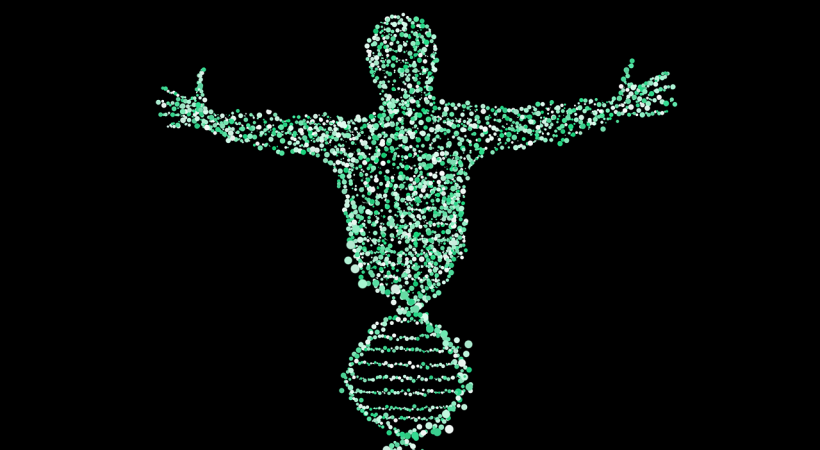Boy or girl? It’s in the genes

A study of hundreds of years of family trees suggests a man’s genes play a role in him having sons or daughters. Men inherit a tendency to have more sons or more daughters from their parents. This means that a man with many brothers is more likely to have sons, while a man with many sisters is more likely to have daughters.
The work by Corry Gellatly, a research scientist at the Newcastle University, has shown that men inherit a tendency to have more sons or more daughters from their parents. This means that a man with many brothers is more likely to have sons, while a man with many sisters is more likely to have daughters.
The research involved a study of 927 family trees containing information on 556,387 people from North America and Europe going back to 1600.
“The family tree study showed that whether you’re likely to have a boy or a girl is inherited. We now know that men are more likely to have sons if they have more brothers but are more likely to have daughters if they have more sisters. However, in women, you just can’t predict it,” Mr Gellatly explains.
Men determine the sex of a baby depending on whether their sperm is carrying an X or Y chromosome. An X chromosome combines with the mother’s X chromosome to make a baby girl (XX) and a Y chromosome will combine with the mother’s to make a boy (XY).
The Newcastle University study suggests that an as-yet undiscovered gene controls whether a man’s sperm contains more X or more Y chromosomes, which affects the sex of his children. On a larger scale, the number of men with more X sperm compared to the number of men with more Y sperm affects the sex ratio of children born each year.
Sons or daughters?
A gene consists of two parts, known as alleles, one inherited from each parent. In his paper, Mr Gellatly demonstrates that it is likely men carry two different types of allele, which results in three possible combinations in a gene that controls the ratio of X and Y sperm;
Men with the first combination, known as mm, produce more Y sperm and have more sons.
The second, known as mf, produce a roughly equal number of X and Y sperm and have an approximately equal number of sons and daughters.
The third, known as ff produce more X sperm and have more daughters.
“The gene that is passed on from both parents, which causes some men to have more sons and some to have more daughters, may explain why we see the number of men and women roughly balanced in a population. If there are too many males in the population, for example, females will more easily find a mate, so men who have more daughters will pass on more of their genes, causing more females to be born in later generations,” says Newcastle University researcher Mr Gellatly.
Story Source: Newcastle University/Science Daily















